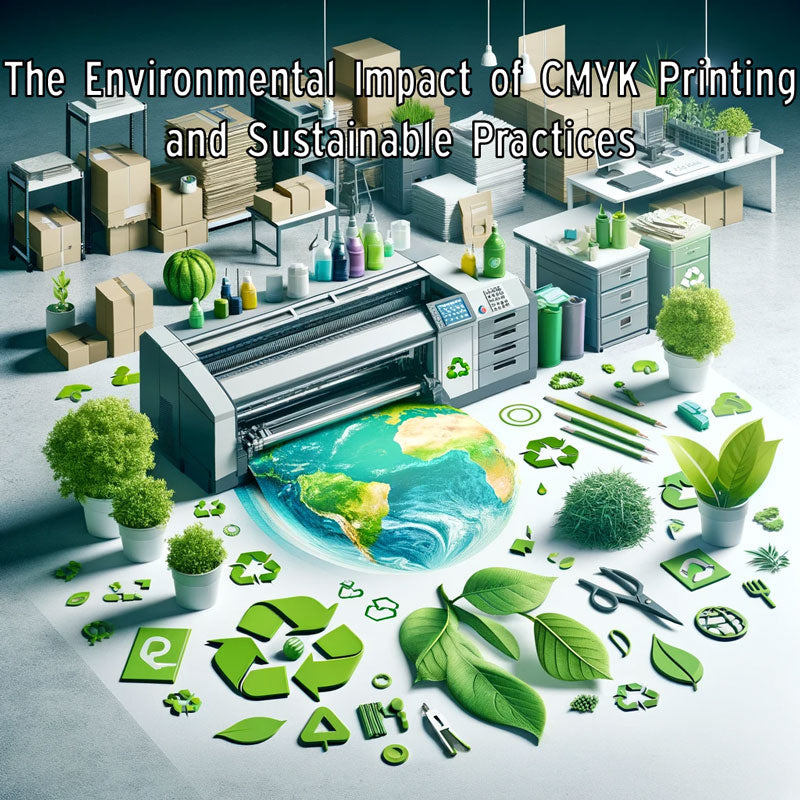The Environmental Impact of CMYK Printing and Sustainable Practices
Tony Torres
The Environmental Impact of CMYK Printing and Sustainable Practices
Evaluating the Environmental Impact of CMYK Printing
CMYK printing, like any industrial process, has its environmental considerations. This includes the use of inks, energy consumption, and paper waste, which can all contribute to environmental stress.
Adopting Sustainable Practices in CMYK Printing
Transitioning to eco-friendly inks, using recycled or sustainably sourced paper, and optimizing print runs can significantly reduce the ecological footprint of CMYK printing.
Benefits of Sustainable Printing
Sustainable printing not only helps the environment but can also enhance brand reputation and appeal to eco-conscious consumers.
FAQs About Sustainable CMYK Printing
- What are eco-friendly inks?
- Eco-friendly inks are typically made from vegetable or soy-based materials, offering a more sustainable alternative to traditional petroleum-based inks.
- How does recycled paper affect print quality?
- Advancements in recycling technology have made recycled paper much more compatible with high-quality printing, often indistinguishable from new paper.
- Can digital CMYK printing be more sustainable?
- Digital printing can reduce waste with more accurate print runs and less energy consumption compared to traditional methods.
- Are there certifications for sustainable printing practices?
- Yes, certifications like FSC (Forest Stewardship Council) for paper and Green Seal for inks help identify products that meet stringent environmental standards.
Embrace Eco-Friendly Printing with A Guy With A Printer
Adopting sustainable practices in CMYK printing is a step towards a greener future. A Guy With A Printer is committed to offering environmentally responsible printing solutions and guidance.
